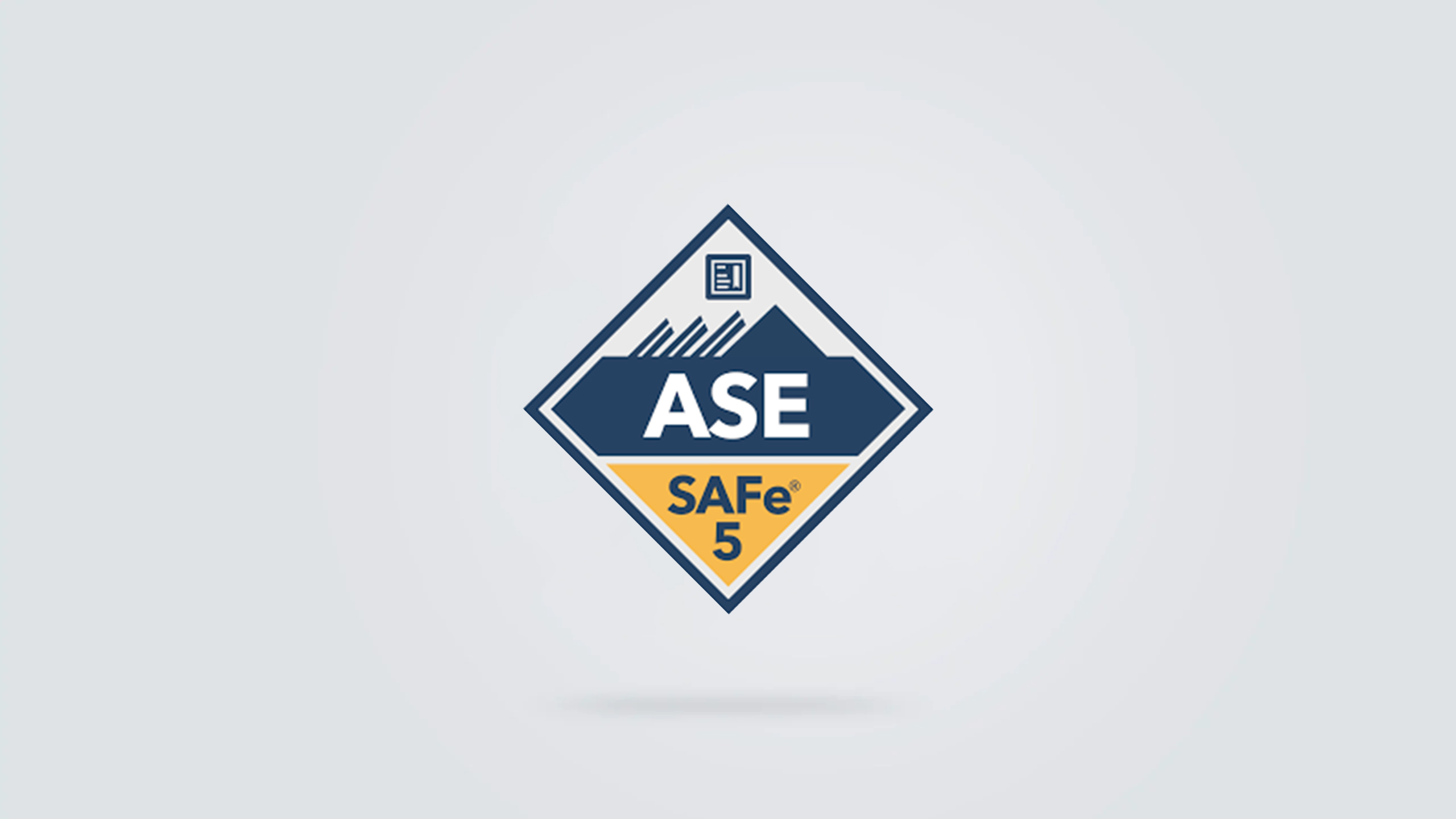SAFe Certification: Encouraging Leaders in Scaled Agile Frameworks
The landscape of task management is progressing, and SAFe Qualification stands as a crucial aspect for leaders seeking to carry out the Scaled Agile Structure effectively. The journey to coming to be a certified SAFe leader involves more than just obtaining expertise; it encompasses understanding the nuanced functions and obligations within dexterous atmospheres.
Understanding SAFe Certification
SAFe accreditation, which means Scaled Agile Structure accreditation, is a credentialing program developed to gear up professionals with the understanding and skills essential to carry out active techniques at range within their companies. The SAFe structure offers an organized technique that aids companies straighten their teams and handle larger jobs efficiently, making sure that active approaches are used constantly across various levels.
The qualification encompasses various duties, consisting of SAFe Agilist, SAFe Professional, and SAFe Program Expert, each concentrating on various facets of the structure. The program highlights the significance of lean concepts, continuous delivery, and collaboration amongst groups, fostering a setting for advancement and efficiency.

Individuals undergo strenuous training that integrates academic knowledge with functional application, enhancing their capacity to lead nimble makeovers. The curriculum includes subjects such as active teams, program execution, and profile management, guaranteeing that certified specialists are well-versed in all elements of the SAFe technique.
Benefits of SAFe Accreditation
Getting a Risk-free qualification offers many benefits for specialists aiming to enhance their occupations in dexterous project administration. It gears up people with a comprehensive understanding of the Scaled Agile Framework, enabling them to successfully carry out dexterous concepts across large companies. This knowledge is essential as companies progressively take on dexterous methodologies to improve productivity and adaptability.
Additionally, SAFe accreditation improves a candidate's marketability and career prospects. SAFe Agilist. As organizations seek certified professionals to lead their dexterous makeovers, qualified people can regulate higher salaries and stand out in an affordable work market. Furthermore, obtaining this qualification shows a commitment to continuous knowing and professional development, which is very related to by employers.
Networking possibilities also develop from SAFe accreditation, connecting people with a community of like-minded specialists and industry leaders. This can bring about understanding, collaboration, and mentorship sharing, additional enriching one's expert experience.
Lastly, accredited professionals are often much better equipped to promote a society of collaboration and technology within their groups, driving effective results in active projects. Generally, the benefits of SAFe qualification are manifold, making it an important financial investment for those in the agile job monitoring domain.
The Qualification Process

Prospects are then encouraged to take part in a detailed training program, typically conducted by a certified SAFe instructor. These training courses cover essential concepts, concepts, and methods of the Scaled Agile Framework, providing individuals with valuable insights and functional knowledge.
Complying with the training, candidates should pass a certification test to show their understanding and proficiency in applying SAFe concepts. The exams are developed to assess not just understanding but additionally the capability to execute dexterous techniques successfully within a scaled environment.
As soon as accredited, individuals get access to a wide range of resources, consisting of neighborhood networks and continuous knowing possibilities, which additionally enhance their active leadership abilities. Keeping qualification requires continual professional advancement, ensuring that leaders stay existing with developing techniques within the framework. Eventually, the qualification process is a rigorous yet fulfilling pathway for those intending to master nimble management.
Duties and roles
Efficient execution of the Scaled Agile Framework (SAFe) depends heavily on clearly specified duties and responsibilities within an organization. These duties are essential for making certain alignment, efficiency, and efficient cooperation throughout groups.
At the team degree, crucial duties consist of the Scrum Master, Item Proprietor, and Agile Group Members. The Scrum Master promotes the dexterous procedure, ensuring that the group sticks to the SAFe concepts while eliminating impediments.
At the program level, the Launch Train Designer (RTE) plays an essential duty in coordinating the Agile Launch Train (ART), guaranteeing smooth program implementation and alignment throughout numerous teams (SAFe Agilist). Additionally, the system engineer and company owner give technological assistance and tactical vision, specifically
Continuous Improvement in SAFe
Continual renovation is a foundation of the Scaled Agile Framework (SAFe), driving companies to improve their processes, products, and general performance. By cultivating a society of continuous renovation, SAFe encourages teams to frequently assess their outcomes and process, determine ineffectiveness, and implement approaches for enhancement. This repetitive process not only boosts performance but additionally aligns groups with the organization's tactical purposes.
Central to this method are the Inspect and Adapt (I&A) workshops, which give structured possibilities for reflection and learning. Throughout these sessions, teams examine performance metrics, go over obstacles, and produce workable insights to lead future versions. In addition, using Agile Launch Trains (ARTs) promotes cross-functional collaboration, making it possible for groups to share finest techniques and drive collective enhancement.
Furthermore, Lean-Agile leadership plays a crucial duty in advertising a mindset of constant enhancement. Leaders are tasked with fostering an atmosphere where testing is encouraged, and failures are deemed finding out possibilities. By embedding continuous enhancement right into the business society, SAFe empowers teams to remain receptive and agile to changing market demands, eventually improving their capability to supply value to clients.
Conclusion
In final thought, SAFe Qualification serves as a crucial tool for leaders intending to apply nimble techniques effectively within their organizations. Inevitably, SAFe Certification adds dramatically to organizational success and durability.
The landscape of task monitoring is developing, and SAFe Accreditation stands as a pivotal element for leaders looking for to apply the Scaled Agile Structure effectively.Obtaining a Secure certification uses countless advantages for professionals looking to improve their professions in dexterous task management - SAFe Agilist. The Scrum Master assists in the active procedure, making certain that the group sticks to the SAFe concepts while getting rid of obstacles. By installing continual renovation into the organizational culture, SAFe empowers teams to remain agile and responsive to changing market demands, ultimately boosting their capacity to supply value to clients
In final thought, SAFe Accreditation serves as a vital tool for leaders intending to execute nimble practices efficiently within their organizations.
Comments on “Elevate Your Organization's Method with SAFe Lean Portfolio Management”